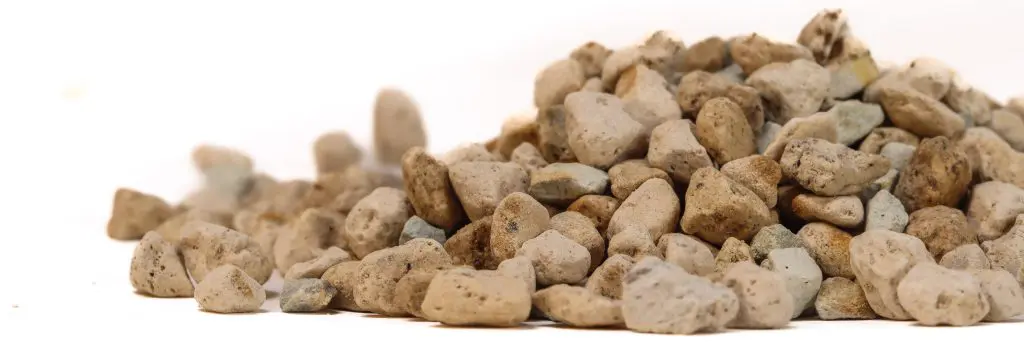Ficus elastica ‘Robusta’ is mildly toxic. Its sap can irritate skin and, if eaten, may cause vomiting or drooling in pets.





Ficus elastica ‘Robusta’ is a cultivated form of the Indian rubber plant.
Latin name
Ficus elastica
Pronunciation
(“FYE-kus ee-LASS-tick-uh”)
Common name
Rubber Plant
Origin
East Asia
It is part of the Moraceae family and produces large, glossy leaves with a thick texture and a prominent midrib. The name “Robusta” reflects its stronger, sturdier growth compared to other varieties of Ficus elastica.
The species is native to humid lowland forests in northeast India, Nepal, Bhutan, Myanmar and parts of Indonesia. In its natural setting it develops into a tall tree with spreading branches and aerial roots that descend from its limbs to the ground. These roots give added support and allow the plant to create almost a secondary trunk system as it matures.
Ficus elastica produces a milky latex within its sap. In the nineteenth century this latex was explored as a potential source of natural rubber, although it was later replaced by Hevea brasiliensis as the main commercial crop. This historical connection is why the plant is still widely known as the “rubber plant”.
Ficus elastica ‘Robusta’ is closely related to the banyan fig and shares the ability to create prop roots under humid conditions. It plays an ecological role in its native regions by providing food and shelter for insects, birds and other animals. Its strong growth and resilience have also made it an important ornamental and research plant in botanic gardens around the world.
Did you know?
In its native forests, Ficus elastica ‘Robusta’ can grow over 30 m tall and produce aerial roots that people have trained into living bridges in parts of northeast India.
caring for your plant

Light
Bright but indirect light.

Watering
Water when the soil becomes slightly dry at the top. Keep the soil moist but avoid overwatering.

Pruning
Pruning should be done with a sharp blade, trim just above a node or growing point. Individual stems can be trimmed to length – leave a minimum of two leaves.

Feeding
Apply a weak dose of fertiliser once or twice a month during Spring and Summer

pest & diseases
Healthy rubber tree plants tend to be pest resistant. However, they can be infested by sap-sucking pasts such as Aphids, Scale, Spider Mites or Thrips.
Where the Ficus Elastica originates from

This species originated in East Asia.
Our plants are grown in Ecoponic, an alternative to soil. Officially known as a vulkaponic substrate, it replaces traditional compost with a clean, mineral-based medium that helps protect peatlands.
According to the IUCN UK Peatland Programme, “A loss of only 5% of UK peatland carbon would be equal to the UK’s annual greenhouse gas emissions.” As well as storing carbon, the natural wetlands where peat is found are critical to the survival of plants and wildlife. Ecoponic also improves plant health and uses water more efficiently.
Find out more about Ecoponic here.


Buy one of my cousins from the nursery
Did you know?
Research from the University of Exeter found that offices with plants can increase productivity by up to 15% while also improving concentration and job satisfaction.
Plantopedia is brought to you as part of our Engage & Bloom workplace experience program.
explore more
Why not continue your journey through the plant world. Explore more plants, their stories, habitats and the benefits they bring to spaces.

































